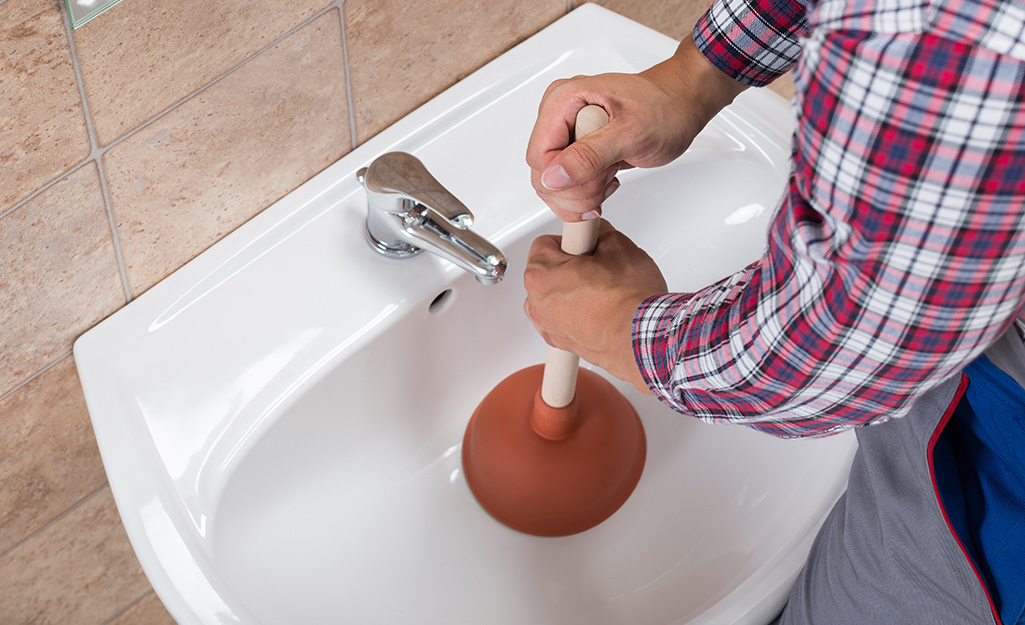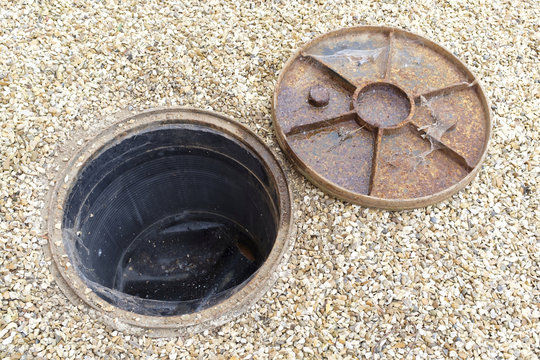Methods for Addressing a Blocked Drain Prior to Seeking Professional Assistance
Methods for Addressing a Blocked Drain Prior to Seeking Professional Assistance
Blog Article
Just how do you feel in regards to Some easy tips to fix blocked drains?

Introduction
Handling a blocked drain can be an irritating experience, interfering with day-to-day tasks and possibly triggering damage to your residential property. Nevertheless, prior to connecting to pipes specialists, there are steps you can require to address the issue on your own. In this overview, we'll check out DIY solutions and safety nets to tackle an obstructed drainpipe successfully.
Identifying the Issue
The first step in resolving an obstructed drain is acknowledging the signs. Slow-moving water drainage, gurgling noises, foul odors rising from drains, or water support up are common signs of an obstructed drain. Determining these indicators early can help stop better problems.
Selecting the Right Pipes Service
When choosing a pipes solution, consider factors such as experience, licensing, and customer evaluations. Select a reputable plumbing professional with a track record of quality handiwork and clear rates methods.
Price Factors to consider
The price of specialist drainpipe cleaning services can differ relying on the seriousness of the blockage and the plumber's prices. Request quotes from numerous service providers and ask about any type of additional charges to guarantee transparency and prevent surprises.
Security Measures
When trying DIY drainpipe cleansing, focus on safety. Wear safety gloves and eyewear to stay clear of contact with dangerous chemicals or bacteria. Never ever mix various drainpipe cleaning products, as this can produce harmful fumes.
Instance Researches
Real-life examples illustrate the performance of do it yourself solutions and the significance of prompt specialist treatment in settling drain clogs.
Usual Root Causes Of Blocked Drains
Understanding the aspects that contribute to drain obstructions is vital for effective resolution. Usual wrongdoers include hair, soap residue, grease, food particles, and foreign items like sanitary items or paper towels. Tree origins invading below ground pipelines can likewise trigger significant blockages.
DIY Solutions
For minor blockages, a number of do it yourself options can be effective. Pouring boiling water down the drainpipe can help liquify grease and particles. Sodium bicarbonate and vinegar or a mix of salt and cooking soda can work as all-natural cleaners. Making use of a plunger or pipes serpent to dislodge obstructions is one more choice.
Tools and Equipment
Having the right devices available can make do it yourself drain cleaning extra efficient. A bettor is a versatile device for removing blockages in sinks, commodes, and showers. A plumbing serpent or auger can reach much deeper clogs, while drainpipe cleansing chemicals can be utilized very carefully for persistent obstructions.
Safety nets
To avoid future clogs, adopting safety nets is critical. Set up drain guards or filters to catch hair and particles before they enter the pipes. Frequently flush drains with hot water to liquify grease build-up, and prevent disposing of oil or solid waste down the drain.
When to Call a Professional
While DIY services can deal with small clogs, specific indicators show the need for professional assistance. Consistent blockages, foul odors regardless of cleaning up initiatives, or multiple drains backing up concurrently are warnings that require expert treatment.
Conclusion
By complying with the ideas described in this guide, you can properly tackle obstructed drains pipes and stop future pipes concerns. Whether going with DIY solutions or seeking expert help, prompt activity is vital to preserving a healthy pipes system and protecting the stability of your home.
How to Clear a Clogged Drain Yourself (And When to Call In the Professionals)
What Can Clog a Drain
Dirt Skin flakes Hair Grease Soap scum Food Offset pipes Tree roots Small objects Mineral buildup DIY Tricks to Unclog a Drain
You can fix this! Once you have identified the source of the clog (or have a vague idea), you can try one or a combination of these fixes in order to clear your plumbing.
Wire Hanger or Snake
Untangle and clear out hair from a drainpipe with a homemade snake. Use a straightened-out wire hanger with a 90-degree angle hook to locate the clog and drag out any unwanted material.
Remember not to push the clog further down to where the wire hanger cannot reach! If you need to follow up with a plunger, give it a try. Your efforts might be more successful after it’s been wire-snaked.
If you want to get fancy and don’t have a wire hanger to spare, head to the store and pick up a hand-operated drain snake. You can get one for $10-$30. It may save you the hassle, and provide additional length to reach deep into the clogged pipe.
Plunger
A cup plunger has a suction cup attached to a wooden handle. The rubber creates a seal around the drain, and increases the pressure force of the plunger.
Plunge for 30-second increments to loosen the clog. This may need to be repeated over the course of 15-20 minutes. Once plunged, run the water to flush the remaining material out of the drain.
Remember– never use a plunger if you have used a chemical drain cleaner. These chemicals can splash up from the force of the plunger and cause serious injury or burns.
Boiling Water
Hot water can sometimes break up materials into a flushable amount. Dirt, grease, and soap buildup requires heat in order to unstick from surfaces.
Take your kitchen kettle and heat your water to a boil. Once it reaches a rolling boil, pour it directly down the drain into the blockage. Carefully follow with plunging, if necessary.
Don’t worry if this takes more than one try! It can often take multiple kettles and repeated plunging in order to clear a particularly stubborn clog.
Chemical Drain Cleaner
As a last resort, pick up a bottle of chemical drain cleaner. Drain-cleaning chemicals are potent, and not very good for the environment.
You may need to wear protective eyewear in gloves before handling your bottle of chemical drain cleaner. Follow the instructions printed on the bottle, and flush with water as soon as the instructions allow. Do not follow with plunging.
Baking Soda and Vinegar
As a safer alternative to chemical drain cleaner, baking soda and vinegar can create a chemical reaction that clears tough clogs.
Combine one cup of cleaning vinegar with one cup of boiling water, and set aside. Once you have done this, pour half a cup of baking soda down the drain. Give the baking thirty seconds to settle and cover a large portion of the problem drain.
Following the baking soda, pour down your vinegar and hot water solution. Once the vinegar and baking soda combine, the mixture will bubble and fix. Let this reaction fizzle in the drain for about an hour.
After an hour, follow with a kettle’s worth of hot water. The heat and liquid should flush out any remaining material.
When to Call a Plumber
If your DIY attempts haven’t cleared your clog drain, it’s time to call in a professional. It’s not worth losing access to your kitchen sink or high-traffic bathroom. A clog in a vital area can keep you from the things you’d rather be doing, and derail your routine.
Anytime a clog is causing water to spread is a time to call in a plumbing service. What starts out as a little bit of water can quickly grow into serious, expensive water damage.
Additionally, a serious clog can result in burst pipes or serious leaks. Make sure you know when to take it seriously!
https://myguysnow.com/how-to-clear-a-clogged-drain-yourself-and-when-to-call-in-the-professionals/

As a serious person who reads on , I thought sharing that piece was important. In case you enjoyed reading our page please make sure you remember to share it. Thank you for being here. Revisit us soon.
Call Report this page